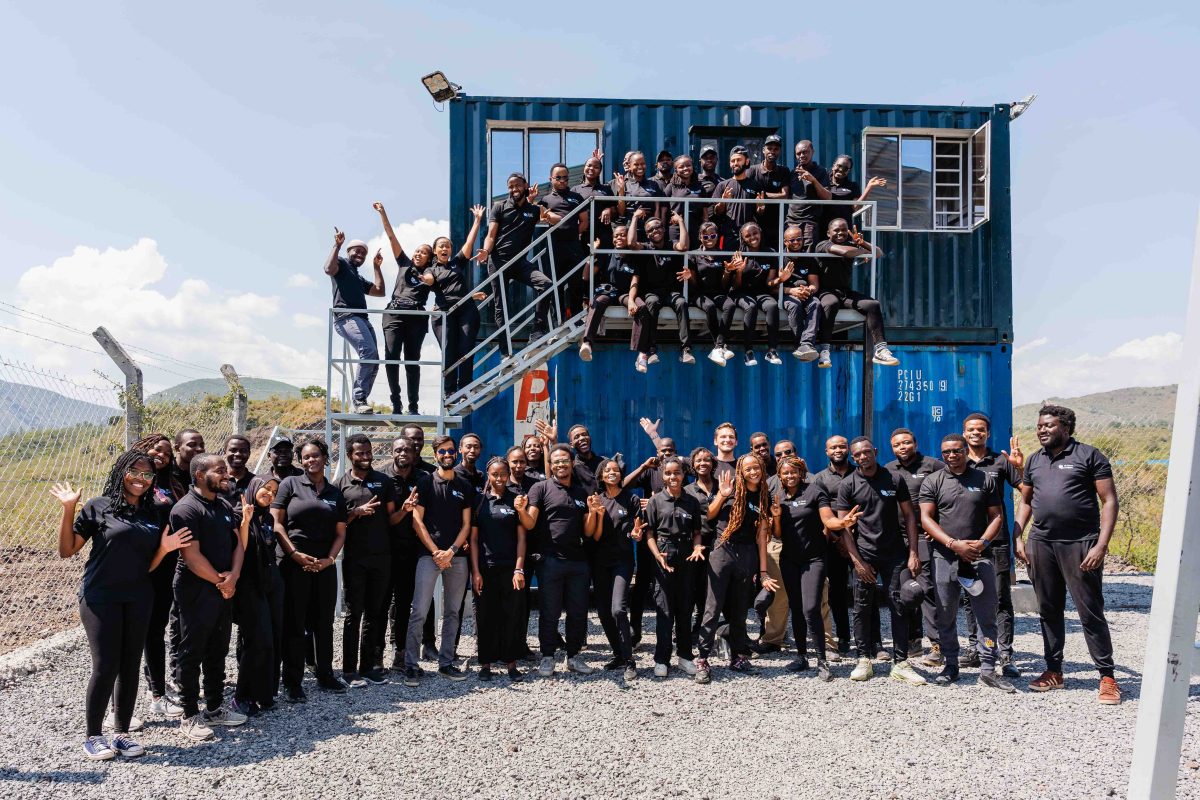As calls for urgent climate action persist, technologies to help remove the heat-trapping greenhouse gases from the atmosphere are also emerging globally.
In Africa, Octavia Carbon, a Direct Air Capture (DAC) startup is leading the efforts. Octavia, founded in Kenya two years ago, builds DAC machines that it uses to capture carbon, a greenhouse gas that is the biggest contributor of global warming, from the air for storage underground.
Octavia, which begun capturing carbon in February after a period of developing the tech, now plans to build more machines to add to its existing two devices with a carbon capture capacity of 50 tonnes per year. This comes as the startup plans to scale carbon removal in Kenya after closing a $3.9 million seed round and, it says, $1.1 million in the advance sale of carbon credits.
Octavia raised the equity funding in a round co-led by Lateral Frontiers and E4E Africa, with participation from Catalyst Fund, Launch Africa, Fondation Botnar, and Renew Capital.
Octavia’s co-founder and CEO Martin Freimüller, told TechCrunch the startup expects to reach a capture capacity of 1,500 tons per year beginning in 2025 when operating at capacity and a storage site run by partner company Cella Mineral Storage comes online.
“We’ve been developing the tech and now we’re taking it out of the lab for carbon removal at scale in the field,” said Freimüller, who co-founded the startup with Duncan Kariuki, a mechanical engineer.
Freimüller explained that while Octavia captures carbon from air and liquefies it, the startup has teamed up with Cella, a carbon sequestration startup that will inject it into the ground for storage.
Injection of the startup’s first batch of captured carbon is expected to happen before the year ends, and Freimüller said the project will be among the first ones in the world to turn captured carbon into rock underground.
“Once we have that liquid carbon dioxide, we give that to our storage partner, and they would sort of inject it underground at high pressures to seep into volcanic rock pores, and those are quite rich in calcium and magnesium that reacts with the CO2 to form carbonate minerals like calcium carbonate or limestone,” said Freimüller. “Naturally occurring materials, naturally occurring process and we’re just accelerating that in geologic areas where that hasn’t really happened over long periods of time.”

Kenya’s competitive edge
Freimüller said the geology of Kenya was one of the reasons the startup set up operations locally, explaining that the country’s Rift Valley region has the right rock formation for carbon storage.
“Kenya is really unique in having the East African Rift Valley, and that is really important for two reasons. The geology is great because it has porous rocks, volcanic rocks — specifically basalts . . . that actually can store CO2 underground. And the capacity of that geology is huge. You could store all of humanity’s cumulative CO2 to date in just Kenya, basically, because we have something like 8,600 cubic kilometers of that pore space in the East African Rift Valley,” he said.
Capturing carbon from air is also energy intensive, and for Octavia, the abundance of renewable energy, especially geothermal, in Kenya was the other factor that inspired the founders to set up operations in the East African country. They say using renewable energy gives Octavia a competitive edge over its peers in the developed world that use fossil fuels for their DAC operations, then buy renewable energy credits (which is counter-productive).
Globally, 27 DAC plants with capture capacity of 0.01 Mt CO2 per year have been commissioned in Europe, North America, Japan and Middle East. Out of these plants, only Climeworks Orca plant in Iceland, which became operational in 2021; the Global thermostat headquarters plant in Colorado; and the Heirloom facility in California, both of which launched last year, currently capture more than 1,000 tons of CO2 per year.
More are expected as the industry grows. In fact, 130 DAC facilities are currently under development globally to capture 65 MtCO2 per year, a capacity needed by 2030 to realize net zero emissions by 2050.
Freimüller says it will not be an easy undertaking, but it is doable.
“Who would have thought that you can move an SUV around on batteries? That has been done too and that’s ultimately the power that engineering has to sort of change the perimeters within what’s possible,” he said.
Freimüller worked previously at Dalberg, a global consulting firm, focused on international development strategies. It’s where he first came across the massive opportunities that the climate sector presents.
His startup has since grown to a team of 60, 40 of whom are engineers doing research and development, with the others focusing on bench scale chemistry, which involves testing materials, methods and chemical processes.
As Octavia, an Xprize Carbon Removal finalist, scales its operations, it aims to offer more DAC and storage carbon credits to grow its revenues. The startup says the Danish carbon removal marketplace Klimate is one of its largest clients, and that it has secured 12 altogether so far.
“For a deep tech company, it’s unusual to have that many customers at seed stage,” said Freimüller. “It took a lot of work to do to bring on these customers, but it’s also fair to say that there’s a lot of demand in the market for what we’re doing.”

